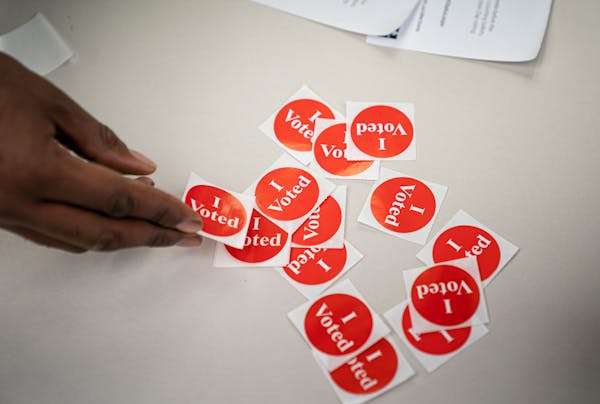Municipal elections are back, baby. Here's everything you need to know about voting in Minneapolis, St. Paul and beyond.
How do I register to vote? How can I check to see if I'm already registered?
You can register to vote online or on paper. You'll need your Minnesota driver's license or identification card number, or the last four numbers of your Social Security number. You can also register on Election Day before voting. Check to see if you are registered here.
When and where can I vote in Minneapolis and St. Paul?
Voting on Election Day? Find your polling place here. Polling places will be open 7 a.m. to 8 p.m. on Election Day, Nov. 7.
How do I find out what's on my ballot?
You can use a Minnesota Secretary of State tool to view your sample ballot.
How do I learn more about the 2023 races and candidates?
The Star Tribune created a tool where you can see who's running in each ward and what endorsements they've received.
Will there be ballot questions this election?
St. Paul voters will have a ballot question this fall that will ask voters to approve tax increases for street maintenance and park upgrades.
The text of the question:
Should the City of Saint Paul establish a one percent (1%) sales and use tax over the next 20 years to generate $738,000,000 to repair and improve streets and bridges, $246,000,000 to improve parks and recreation facilities, and associated bonding costs? A vote YES means repairs and improvements to streets, bridges, parks, and recreation facilities would be funded through a new one percent (1%) sales and use tax. A vote NO means repairs and improvements to streets, bridges, parks, and recreation facilities would not be funded through a new one percent (1%) sales and use tax.
There are no ballot questions in Minneapolis this election.
Can I get a refresher on ranked-choice voting?
Ranked choice voting is an electoral system where voters rank candidates by preference on their ballots. The candidate that receives a majority of first-ranked votes wins. If no candidate receives a majority of first ranked votes, the candidate with the fewest first preference votes is eliminated. Voters are not obligated to rank all candidates.

Want to share info with the Star Tribune? How to do it securely

'Safe recovery sites' would offer syringes, naloxone and more to people using drugs. The plan could be in peril.
New Minnesota GOP leaders seek peace with party's anti-establishment wing

Who is Republican Lisa Demuth, Minnesota's first House speaker of color?

